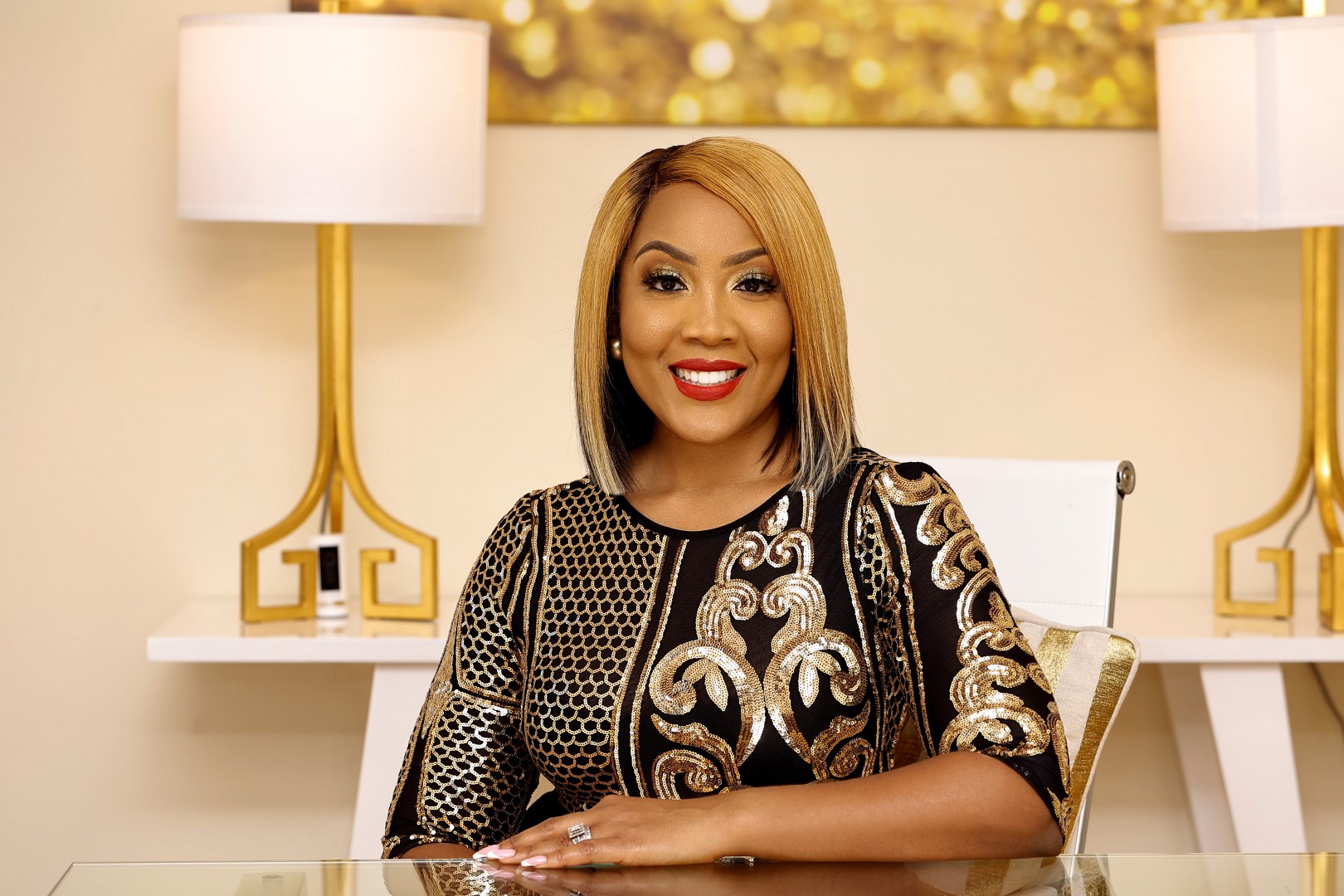Allison Kelly Jones on How to Identify a Toxic Relationship and Establish Boundaries.
Toxic relationships are any relationships that leave you feeling psychologically or emotionally spent and overwhelmed due to difficult behavior. There’s something to be said about toxic people and those who remain in a relationship with them. Both are caught in a cycle of their own making, and both are displaying unhealthy patterns. Typically, those in toxic relationships do not see their role in the ensuing behaviors. Instead, they can only see the other person’s wrongdoings. For example, someone who swallows their feelings when being insulted is taking an active role in the negative behavior.
Toxic behaviors are designed to get a “rise” out of the people who are targeted. Behaviors like passive aggression, the silent treatment, gaslighting, and sarcasm are all things people who may not communicate effectively take from their “toxic toolbox” to confuse, disarm, diminish and demean others.
How to Identify a Toxic Relationship
One advice on how to identify a toxic relationship is noticing how it feels to your the body. Suppose the thought of the person incites a headache, an upset stomach, stress, or any other unsettling feeling in your body. Those are indications that you could be in a toxic relationship. Tending to want to avoid seeing the person or interacting with them is another clear sign the relationship is unhealthy.
Being honest about the toxic behaviors you notice is essential in creating healthy boundaries. No one can tell you what boundaries will work for you. Starting with an open heart free from judgment, however, is an excellent place to begin. It’s natural to want to judge the person, but separating the person from the behavior is essential.
Establishing Boundaries
Ownership from all parties will be important because we all want to be heard, acknowledged, and understood. When calling out the toxic behavior or setting boundaries, speak with the “I” language. This helps with personal accountability. It will also help to not make your partner feel attacked or demeaned. For example, say, “I don’t enjoy going to violent movies. I know I agreed to see it with you, but I would rather see something else. Perhaps, I can buy a ticket for your buddy, and you guys can go together.” In this way, you’re honest, your needs are met, and you acknowledge the other person’s feelings and interests.
Next, there should be reciprocity or a mutually shared interest in establishing healthy boundaries and habits. If you are the only person trying to improve the relationship, perhaps it is not something worth fighting for. People are naturally compelled to want to be better for those who matter to them. If they cared, they would try.
Finally, consistency is vital. If changes in behavior are considered insincere or fake, it places additional strains on the relationship. A behavior change shouldn’t be random, unpredictable, or temporary just to shut the person up or shut down their feelings.
What is most important in any relationship we have is that it is built upon authenticity, openness, honesty, and compassion. Without it, our relationships are unhealthy and cannot help us grow into the person others want in their lives.to
For more tips on how to identify a toxic relationship and establish boundaries, check out, “Measure Twice, Cut Once: Navigating Negativity in Toxic Relationships” by Allison Kelly Jones . The book is available on Amazon and Barnes & Noble.
- How to Identify a Toxic Relationship and Establish Boundaries - March 11, 2021




